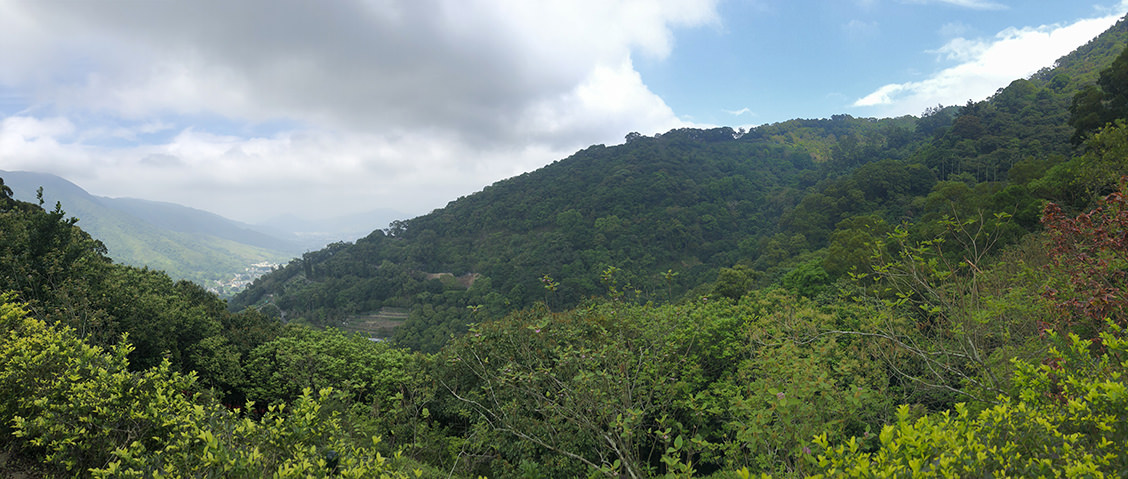
Kadoorie Farm and Botanic Garden started life as the Kadoorie Agricultural Aid Association in 1956 to provide livestock and agricultural support to local villagers. The denuded, eroded site was chosen because it had been observed that the stream in its central valley never dries out, allowing sufficient water supply for humans, livestock and food plants year-round. Indeed, most of Hong Kong had been deforested centuries before, and the recently ended Second World War had only aggravated further environmental degradation, undoing early efforts in replanting trees (mostly exotic species) on the territory’s barren hillsides. But as destitution gave way to growth and, in time, Hong Kong prospered as one of Asia’s four ‘tiger economies’, increasingly it was realised that a holistic, integrative land management approach was necessary to balance agricultural and livestock production with restoring and conserving nature.
By the early 1990s, awareness of the threat to global biodiversity first came to mainstream attention, and so the foundations for nurturing a healthy, balanced environment as an essential step towards providing clean air and water for humans were laid. At KAAA’s experimental farm in Lam Tsuen, a conscious decision was taken to transition management of the site to focus on nature conservation in the capacity of a botanic garden, whilst much of the site’s upper slopes were set aside as a nature reserve, where natural processes would be allowed to recover and so foster the rehabilitation of plant and animal life and their interactions. Kadoorie Farm and Botanic Garden was born in 1995, and these fundamental considerations still guide the management of our hillside today.

Finding balance between sustainable yields and ecological integrity by harmonising our relationship with nature is a core challenge for humankind in the 21st century, and our survival on planet earth depends largely on our success in achieving it.
More than ever, KFBG’s hillside is now a demonstration site that showcases how this balance can be achieved by embedding inspirational, immersive botanical displays, theme gardens, live animal features, sustainable agricultural plots and educational experiences in a primarily natural landscape. KFBG’s nature reserve consists mostly of maturing secondary forest, which is undergoing continuous ecological restoration and enhancement to challenge and reverse local and regional biodiversity decline by providing a home for myriad native plant and animal life, whilst guaranteeing long-term water supply and offering resilience to climate change and extreme weather events. From the outset, it was clear that re-cultivating a barren hillside had to be experimental and would involve “learning by doing”, and that sharing lessons learned with society at large would be essential.
Guided by this vision, we have developed a cycle of principles for managing our land. Cultivating a thorough, evidence-based understanding of native plant species and the communities they form serves as the basis for our efforts in forest restoration. This is facilitated with the aid of a detailed land management plan comprising zoned land use maps that specify the present and desired vegetation cover of the entire site. With this in mind, we venture out to remote parts of Hong Kong in search of seeds that will form the stock for rewilding our hillside, and we work the ground so that the soil is revitalized, enabling it to perform its magic. Planting out seedlings raised in our nurseries therefore brings the hope and inspiration that we are propagating change and restoring resilience.
By harmonising the relationship between human society and nature, we believe we will bring serenity within arm’s reach.

